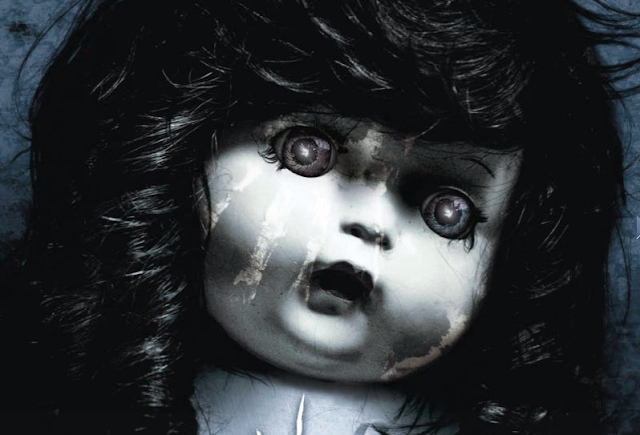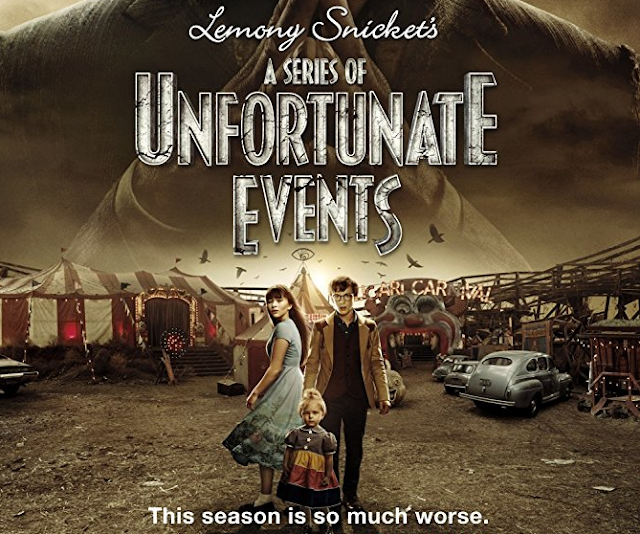Bookish Bliss: Hunger - A Tale of Courage by Donna Jo Napoli SPOILER FREE Review
Hunger: A Tale of Courage by Donna Jo Napoli
Synopsis modified from inner jacket of print book:
Twelve-year-old Lorraine and her family have always lived in County Galway, Ireland, marking the years by the smells of lavender and peppermint in the spring and the potato harvest in the fall. Lorraine’s life is hard but happy with Ma, Da, and Paddy on their farm and field, leased from an English lord.
It’s the autumn of 1846, and nearly time to pick the potato crop for the year ahead. But this year something is terribly wrong. The potatoes are small and green. Mushy and ruined. Just like last year. The harvest her family had waited all year for- their livelihood- has failed. Facing the worst trouble Lorraine has ever known, she looks within herself, determined to find the strength and courage to help her family survive.
Hunger Satisfies Appetites For A Moving Historical Fiction Novel
 Yo! Donna Jo! What’s up with the one word titles? There's a sub title here, but STILL. Friends, just take a gander at her list of published novels.
Yo! Donna Jo! What’s up with the one word titles? There's a sub title here, but STILL. Friends, just take a gander at her list of published novels.
That question out of the way FIRST I have to tell you that I’m not a fan of Donna Jo Napoli’s writing. I’ve read two books by her and started two more but didn’t end up finishing them. Gosh. I don’t mean to come across as bashing her books but there’s something about them that makes my mind put up a fight.
Her voice is often bland and slow and fluctuates between either overly telly or overly showy. I’ve come to associate DJN’s books with that dull and draggy pace and some seriously peculiarly scenes. She has a no-frills way of writing that combined with her bald prose makes for some seriously awkward or uncomfortable moments.
Examples?
The time a cow was brutally sacrificed and later on, how a chicken’s carcass was slit and sliced up for dinner in Breath. Cringey and pedophilic sex scenes between a prepubescent girl and a teen prince in Zel. And frequent use of the word ‘anus’. Gah. Just reflecting on these moments gives me the shivers.
Soooo, why did I pick up Donna Jo’s latest title, Hunger: A Tale of Courage?
Reason #1) It’s set in Ireland in 1846 during the first outbreak of the potato famine. I haven’t read many books, YA, Middle grade, or otherwise, around this period in history.
Reason #2) Siobhan Dowd, the late Irish author, wrote three compelling books full of heartbreak and hope that are still with me even though it’s been over a year since I read them: Solace of the Road, A Swift Pure Cry and Bog Child. They left me breathless and stirred up a desire inside me to read more books set in Ireland.
Reason #3) I believe in second chances! Just because several of DJN’s books haven’t been compatible with me in the past, doesn’t mean I have to permanently write her off. Some authors I intuitively know that I’ll be a big fan of, while others not so much. DJN always had a little speck of something in her books that kept me reading them and in some cases deciding to DNF a few. That same speck is at work here. Something about this book, seeing it perched atop the new books display in the teen room, called to me! I saw DJN’s title on the cover and, not gonna lie, recoiled. But I shook it off and picked it up and skimmed the inside jacket.
In less than five minutes I had it checked out on my account and stowed it in my purse before my shift at that very same library. I don’t regret it. This is the best book by Donna Jo Napoli I’ve encountered thus far. If you’ve been turned off or let down by her books before and are willing to give her another go, do yourself a favor and pick this one!
There are so disturbing sexual or butchery scenes. By butchery I mean animal butchery. Not like, cannibalistic rituals. Which Donna Jo may or may not have in her extensive published works.
Yes, it’s still quite slow… but it’s not monotonous. This is a great book to read at night to wind down for bedtime. I don’t mean that in a snarky way either. I mean that it has a quiet, and almost gentleness to it. It’s unhurried and doesn’t involve a lot of thinking on our end.
Some of the dialogue has a scripted feeling. Words don’t often come out of our mouth so articulately. Especially when a group of 11, 12, or 13 year old kids come together to hang out. Lorraine has a maturity to her common to someone 5, or even 10 years her senior. I like to imagine that was a very deliberate choice by DJN to illustrate how the hardships wrecked the innocence of these children and forced them to have an awareness that goes beyond their ages.
So, while Hunger: A Tale of Courage is historical fiction, it’s predominantly a dramatic character study. We get background on the state of Ireland in the mid to late 1800s and how English rule took over, claiming Irish land for its own, and subjugating the Irish people. For teen readers who may not have a familiarity with Ireland’s political climate during the potato famine this is a lesson that flows organically in the pages of the text instead of being preached about or emphasized in teacherly fashion.
Readers who may not be a fan of historical fiction ought to give this one a chance, it may really change their opinion and open their mind to the possibilities of reading more in this genre. Yes, it’s that good. I’m willing to bet that even reluctant readers would get something out of reading Hunger. To get back to the character study I mentioned earlier, Hunger hones in on the experience of one young girl, and her small family and the many friends and peasant farmers who live on and work the same land under the rule of a snobby and clueless English landlord.
Family is pivotal to the story. Lorraine’s obligations as a daughter, and a big sister to her little brother Paddy take up much space. As the death toll mounts, and Ma and Da begin to lose faith, Lorraine’s eyes are opened to her new harsh reality. She sees little Paddy begin to waste away and loses her closest friends to a raging fever.
When the food becomes scarcer than ever it seems like there’s no relief from this nightmare of starvation and deprivation… that is, until Lorraine gets in a unique situation where foraging becomes a possibility… if she’s willing to bend and redefine who she considers to be her enemies. For another 12 year old girl, one clothed in lacy, frothy, confections of dresses, who hosts tea parties at the edge of the wood for her trio of dollies. On the china and serviettes, she serves the dolls a daily feast of roast hare and other rich foods. Foods that dolls, porcelain as they are, have no way of eating…
It's from this that Hunger encourages us to consider friendships in a new light. Lorraine’s tentative and tense relationship with said girl, Susannah, the English daughter of the English landlord shifts during the span of the 250 page book. Both girls cling tightly to misconceptions.
Miss Susannah’s? The Irish are daft. The Irish are dirty. The Irish can solve their own famine.
Lorraine’s? The English are trespassing. The English are hateful. The English don’t care one whit about the people they’ve displaced.
Okay so Lorraine’s are more factual than anything… But, as she connects with Susannah she reframes those opinions, and realizes that the English are mostly just ignorant.
As the two girls bicker and insult one another they come to realize they have more in common than they once thought, and a begrudging respect morphs into a genuine friendship. Lorraine and Susannah both benefit from it. That’s one of the best things about this novel. If readers take anything away from Hunger let it be this: keep an open-mind, be willing to forgive, and carry on even when hope seems miles and miles away. We are far more resilient than we give ourselves credit for.
Recommended.





Comments
Post a Comment